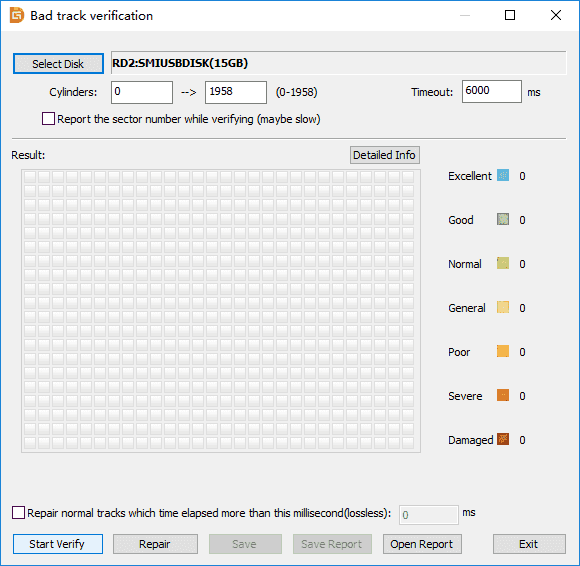
You must use this parameter when you have more than one type of drive in your storage array. The type of drive that you want to use in the volume group. – Use this option when you want to use all types of drive media that are in the drive tray. – Use this option if you are not sure what types of drive media are in the drive tray. – Use this option when you have solid state drives in the drive tray. – Use this option when you have hard drives in the drive tray. You must use this parameter when you have more than one type of drive media in your storage array. The type of drive media that you want to use for the volume group Enclose the volume group name in double quotation marks (" "). The name that you want to give the new volume group.

The RAID level of the volume group that contains the volume. Drive trays compatible with E2700 and E5600 controllers have slot ID numbers starting at 1.Įnclose the tray ID value, the drawer ID value, and the slot ID value in square brackets (). Drive trays compatible with E2800 and E5700 controllers have slot ID numbers starting at 0. Slot ID values either begin at 0 or 1, depending on the tray model.

Drawer ID values are 1 to 5.Īll slot ID maximums are 24.

For low-capacity drive trays, specify the tray ID value and the slot ID value for the drive. The drives that you want to assign to the volume group that you want to create.įor high-capacity drive trays, specify the tray ID value, the drawer ID value, and the slot ID value for the drive.


 0 kommentar(er)
0 kommentar(er)
